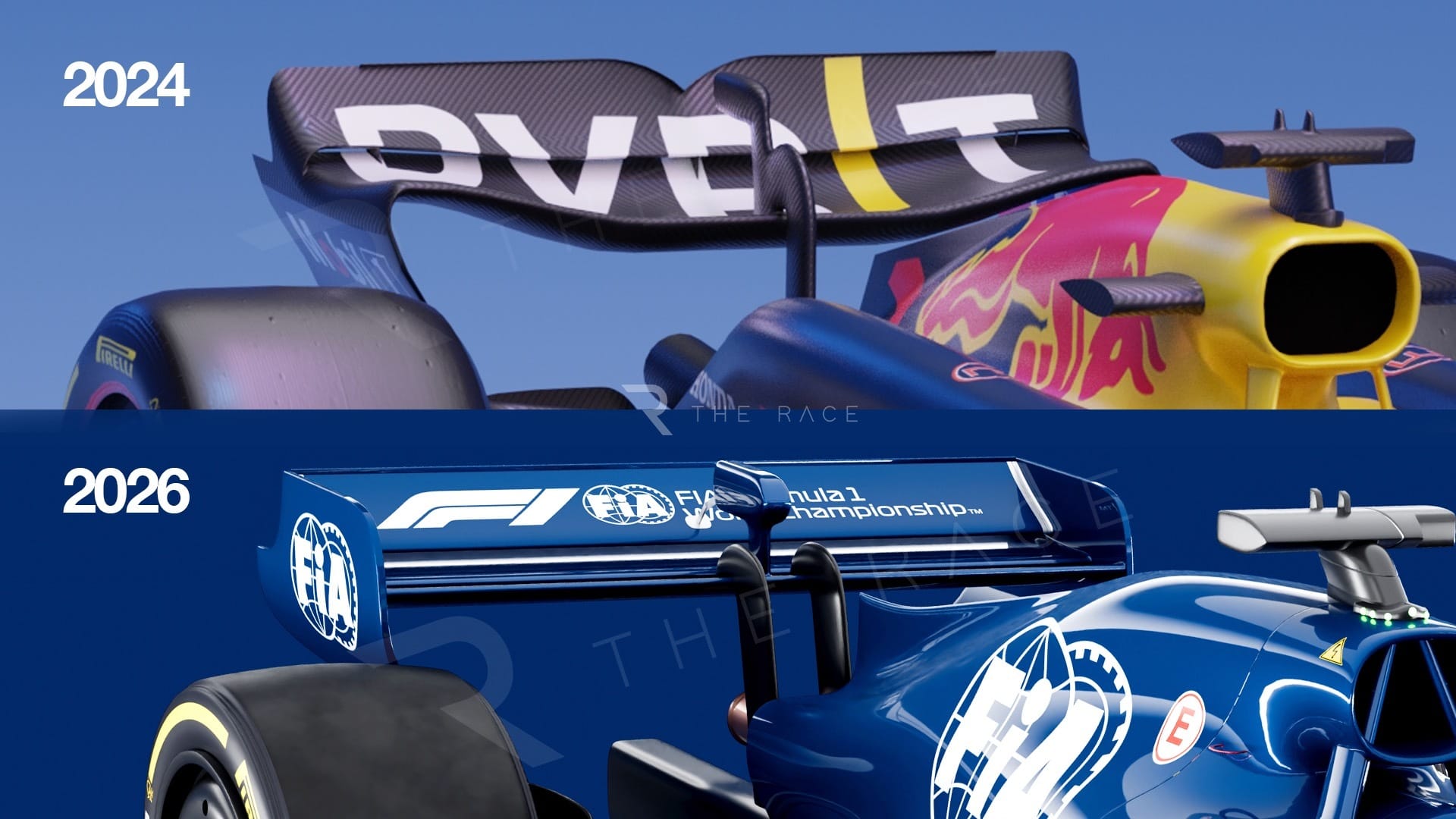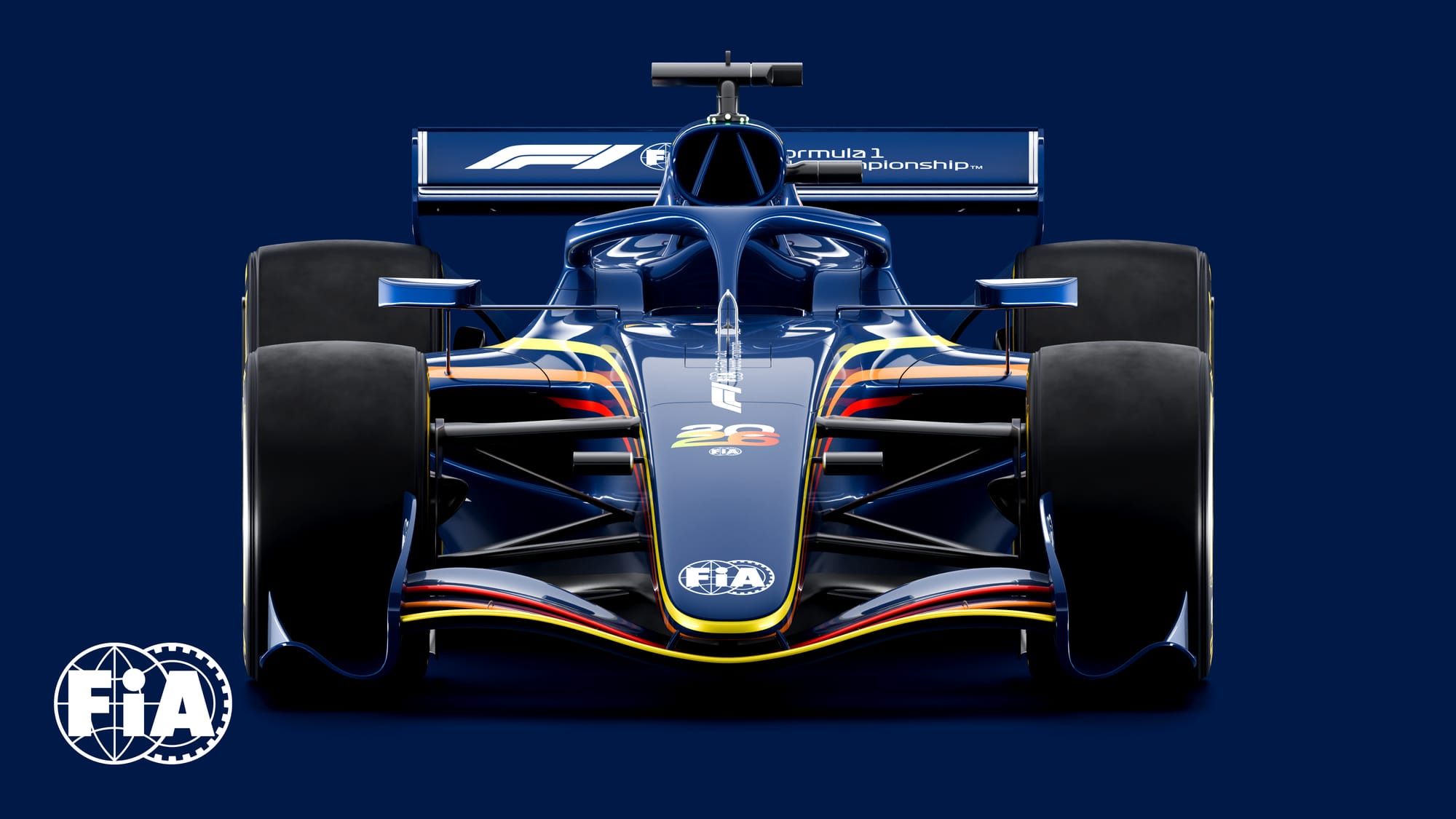

Amid the fanfare of the FIA’s 2026 rules announcement was a throwaway remark doing seriously heavy lifting in terms of the performance objectives of the next generation of Formula 1 cars.
In the section detailing the narrower tyres was the phrase “with minimal loss in grip”.
That’s easy to say, but not necessarily so straightforward to achieve given the front tyres will be 25mm narrower (an 8.2% reduction) and the rears 30mm narrower (7.4%). This is because of the need to reduce drag by a massive 55%.
FIA single-seater technical director Jan Monchaux says the target “has been discussed with Pirelli and backed by simulation work” so this has been agreed in collaboration with F1’s tyre supplier. Monchaux is also “not expecting significant difference” in terms of the grip provided.
But that doesn’t mean delivering on that won’t be difficult, especially given the objective of reducing the weight of a set of tyres by four-to-five kilograms to around 46kg.The diameter of the tyres will also be reduced by seven millimetres.
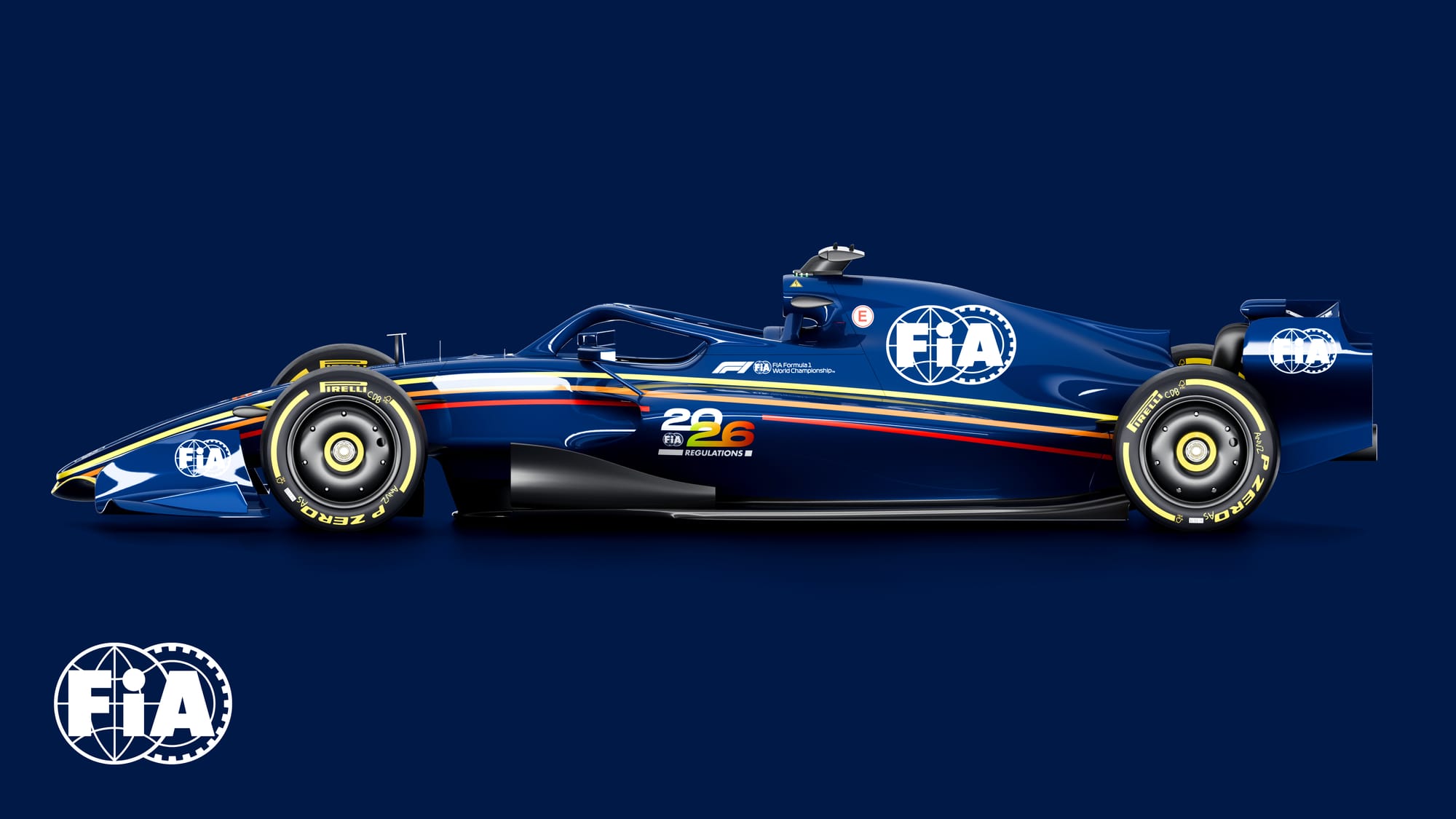
One change in plan that will make the 2026 tyre development programme easier is dropping the plan to switch to 16-inch wheelrims. This was motivated by the desire to reduce weight but, not only would it not ultimately have made much difference to that, Pirelli was also concerned it would make it harder to achieve another ongoing objective: that of reducing overheating problems and temperature sensitivity.
“It’s a big challenge because we have to reduce [the size] of the tyres and we want to make [them] lighter,” said Pirelli F1 boss Mario Isola when asked by The Race about the 2026 targets. “The downforce and the load that we expect in cornering is still something we have to assess, working together with the teams and making some simulations. So it's still early stages to make a proper prediction.
“When we made the proposal to stay on 18-inch tyres, it was also to reduce overheating. We are working with this overheating reduction for 2025, we are testing new materials and a new family of compounds. We have basically two directions we are exploring in terms of different compounds and what we learn for 2025 is also useful for 2026, when we have to do another step in this direction because of the smaller tyres.
“With a 16-inch tyre, we were worried about the load capacity of the tyre as well as the possibility of increasing the overheating quite a lot. We made a proposal to stay on 18-inch tires, which was accepted.”
Testing of the prototype tyre is scheduled to start in September, with the deadline for signing them off 12 months later. Pirelli is currently working on the prototype design using its simulation tools, but on-track testing will be a key part of the process.
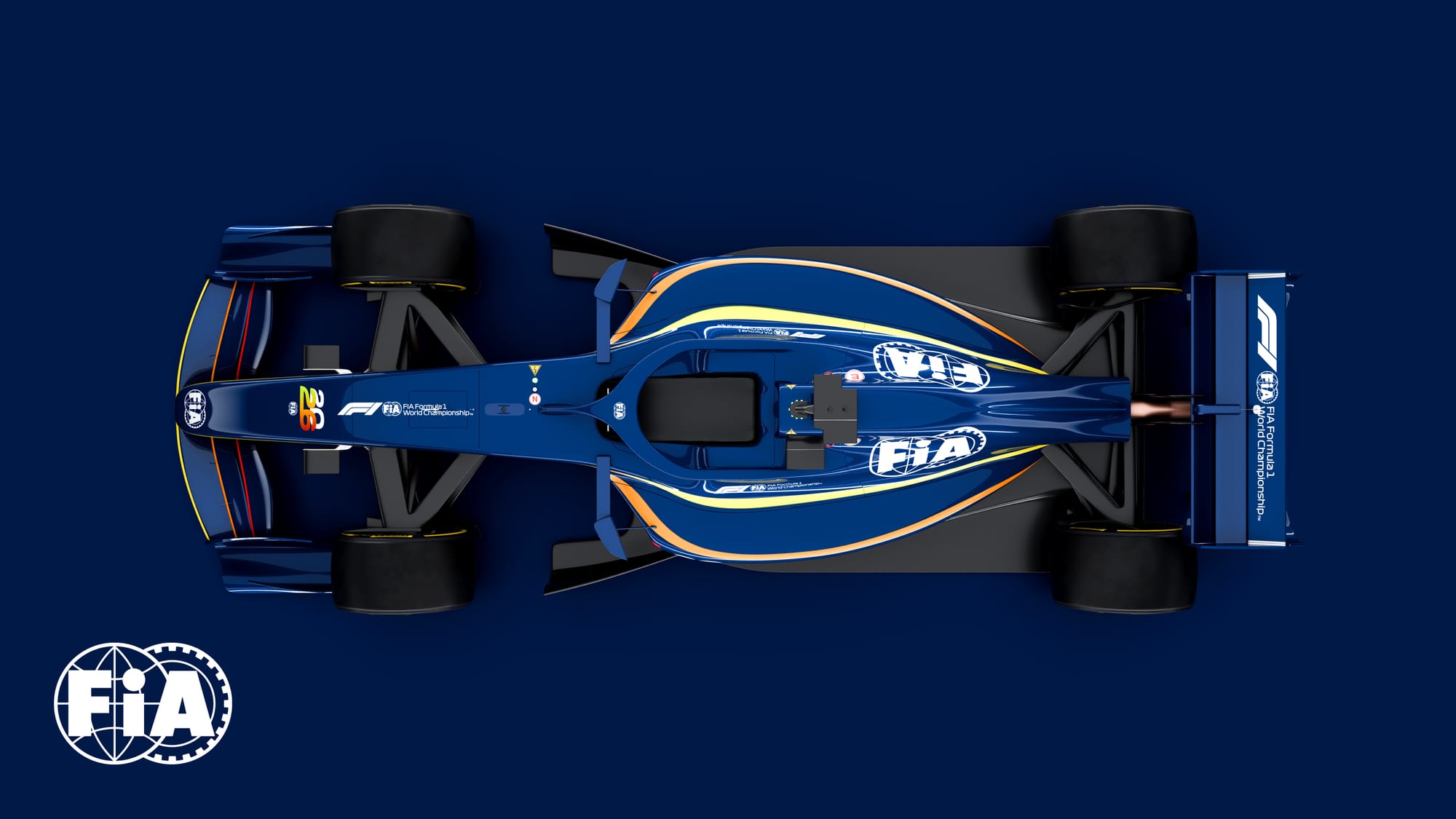
FIA single-seater director Nikolas Tombazis says Pirelli has been granted “increased opportunities” to give it “maximum time to develop” to develop the tyre. However, the testing work will inevitably be conducted using mule cars that are at best a vague approximation of the 2026 cars. Pirelli previously faced this problem with the development of its 2017 and 2022 tyres.
“This is a very similar situation to what we had in 2016 and 2021, when we had to develop a new tyre for a completely new car. So it’s not something new to us,” said Isola.
“The mule cars will be adapted as much as they can, but they are still with the current aero package and they're still of the current dimensions. We cannot reduce the dimension of the current cars or change the power unit so there are some important differences.
“We will try to tune the level of downforce as the best compromise on what is expected for 2026. But we don't have the X-mode and Z-mode [settings that will essentially replace DRS] with reduced downforce in the main straight and higher downforce. There's a potential for simulating it, but not in the real world.
“We want to start building physical prototypes this summer in order to test them in our indoor facilities to assess durability and the pressure to be used and so on. And then we would like to run three sessions by the end of the season - two in dry conditions and one in wet conditions - to start working on the 2026 tyres a little bit in advance compared to the usual development because we have to finalise the construction by the first of September.
“As usual it is not a lot of time.”
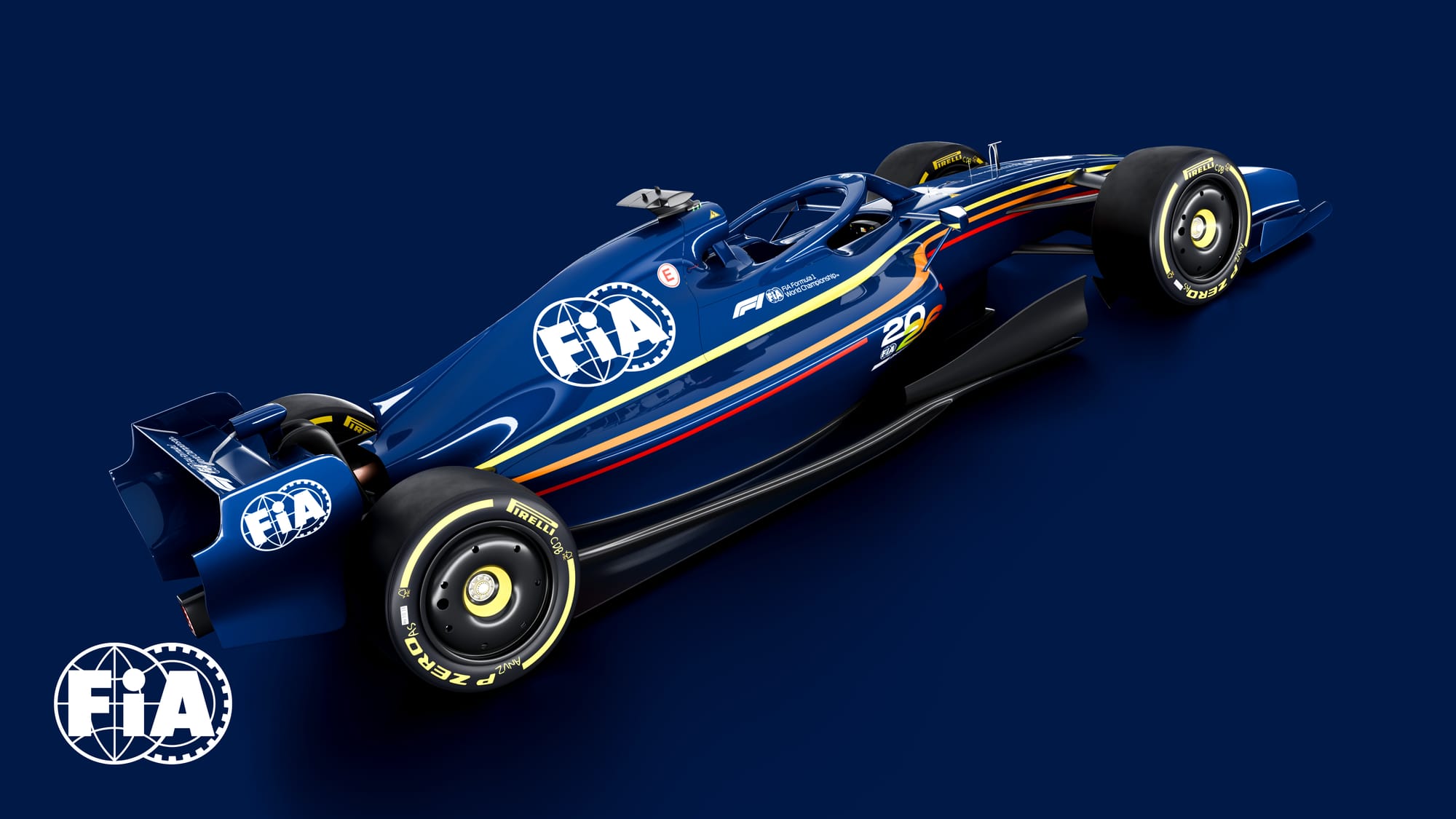
It’s not yet clear exactly what form the mule cars will take given teams have a variety of ages of cars that could be adapted, but the lack of ability to simulate the switch between the high- and low-drag modes is likely an unavoidable limitation of the mules.
Pirelli has experience of such sudden load changes thanks to the DRS, although the transition between X and Z-mode in 2026 will be more extreme. As Isola acknowledged, this can be understood in simulation, like much of the performance of the tyres, although it won’t be until the first running of the 2026 cars that there’s a real world test.
Pirelli regards the effect of the transition between modes as one more variable to be factored into development. While it’s not unduly concerned about the objectives, in common with much of the way the regulations are framed the tyres are compromised by the need to deliver the expected performance with the limitations of the new engine regulations.
Minimal grip loss doesn’t mean no grip loss, and even if Pirelli does a good job the laws of physics mean that there will inevitably be some reduction. And with corner speeds under scrutiny, there’s every chance the tyres could be a talking point come the early stages of 2026.
